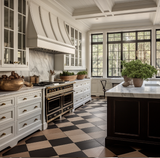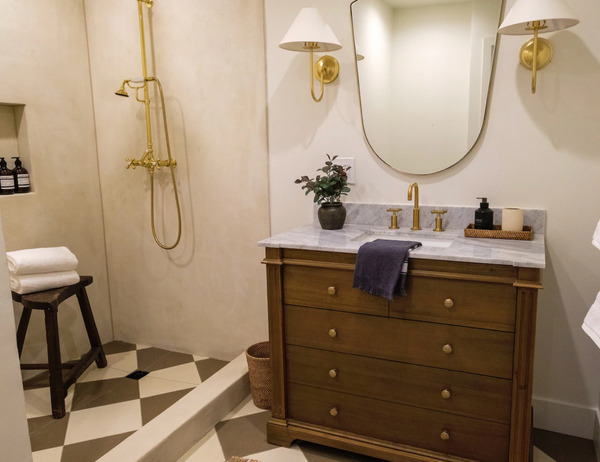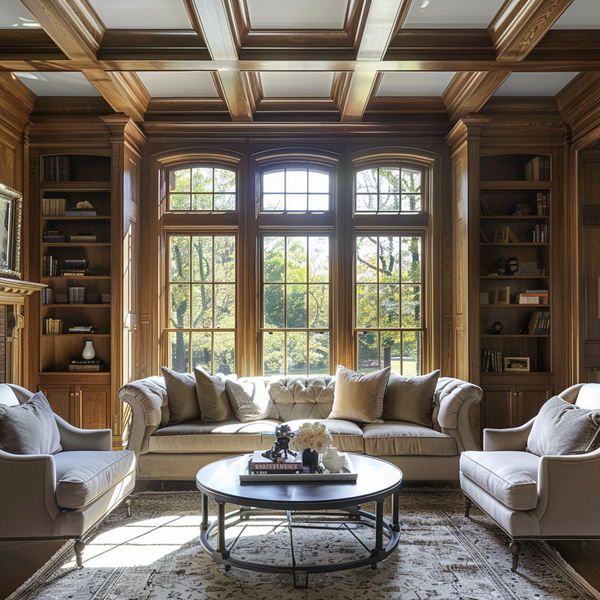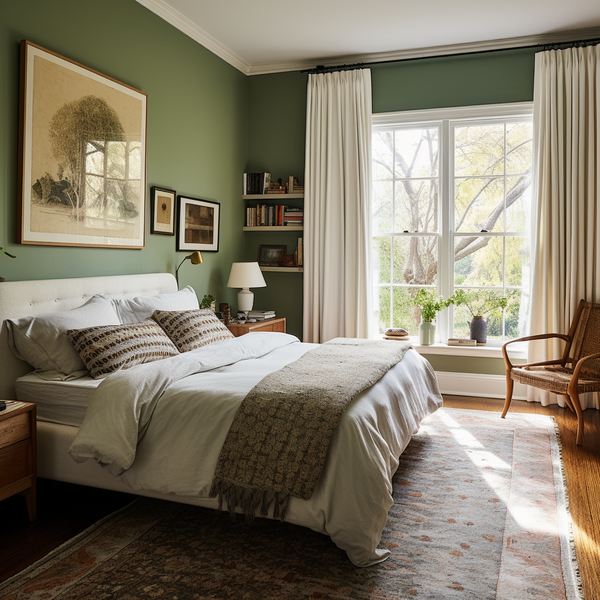Mastering Balance and Proportions in Your Bedroom: A Guide to Harmonious Design
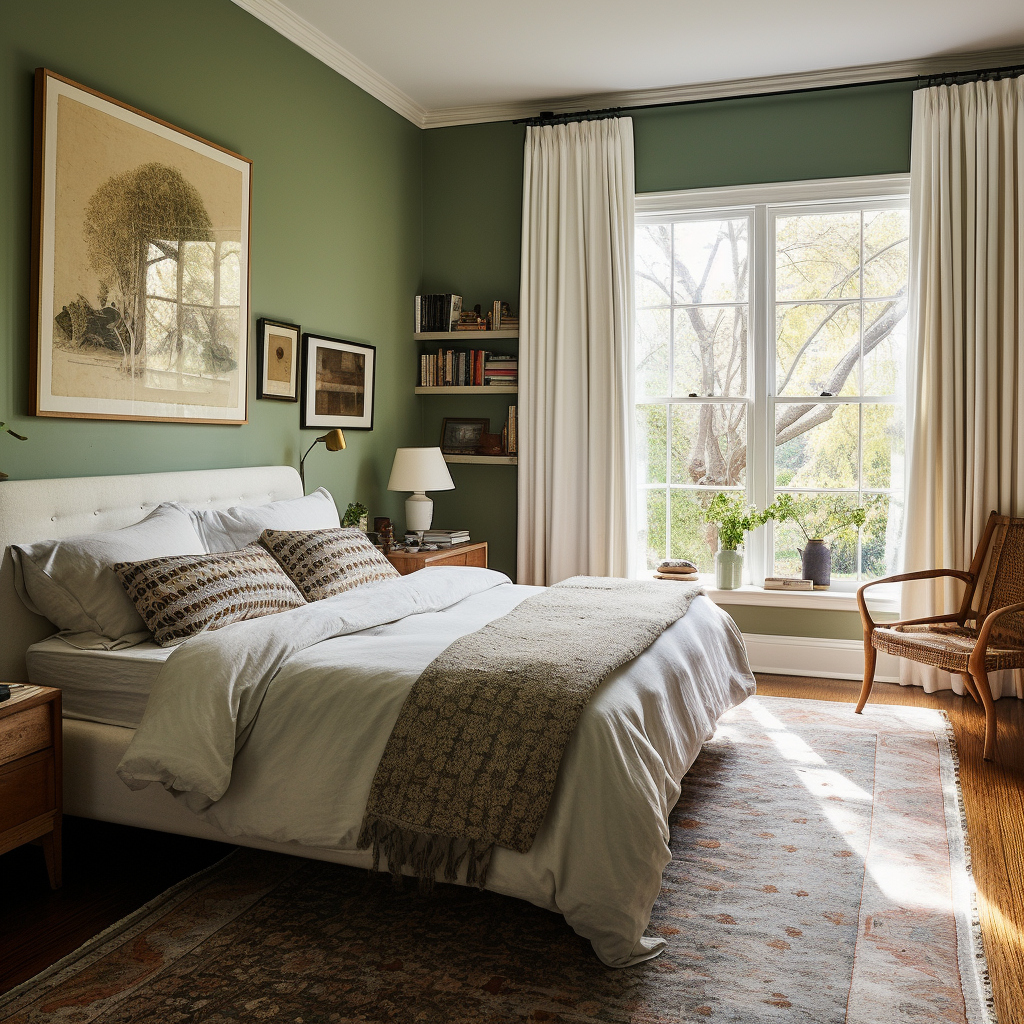
1. Bed Size: The Focal Point
- King or Queen? Your bed should be the room's focal point. A king-size bed is ideal for larger rooms, measuring at least 13 by 13 feet. For smaller rooms, opt for a queen-size bed.
- Spacing Matters: Ensure there's enough space to walk around. Maintain at least 2 feet of walking space around the bed, especially if you're adding nightstands.
2. Headboard Height: Enhancing the Bed
- Proportional Height: The headboard should not overwhelm the room. A good rule of thumb is to choose a headboard that is half the width of the bed.
- Style Consideration: For modern and minimal styles, lower headboards create a sleek look, whereas taller headboards add a dramatic touch to transitional styles.
3. Nightstands: Bedside Companions
- Height Harmony: The nightstand top should align with the mattress top. This creates ease of access and visual symmetry.
- Size and Scale: For smaller rooms and queen beds, choose nightstands about 20 inches wide. In larger spaces with king beds, 24-28 inches wide nightstands work well.
- Balancing Act: Ensure nightstands don't overcrowd the room. There should be a comfortable space between the nightstand and any other furniture or walls.
4. Art Size and Placement: Adding Character
- Scale with Bed: Artwork above the bed should be at least 2/3 the width of the bed. Avoid pieces that are wider than the bed itself.
- Hanging Height: The center of the artwork should be at eye level, approximately 57 inches from the floor. This creates a visual balance with the bed.
5. Area Rugs: Grounding the Space
- Size Selection: For a king or queen bed, a 9x12 feet rug is ideal. It should extend around 18-24 inches on either side of the bed.
- Positioning: Place the rug perpendicular to the bed. A part of the rug should be under the bed, with the rest extending out into the room.
6. Desk Size: Functional yet Fitting
- Space Conscious: In smaller bedrooms, a compact desk of around 40 inches wide works well. In larger rooms, you can opt for a bigger desk up to 60 inches.
- Location: Place the desk near a window for natural light but ensure it doesn't block any pathways.
7. Curtains and Window Size: The Finishing Touch
- Width and Length: Curtains should be 2 to 2.5 times the width of the window. They should just touch the floor or have a slight break.
- High and Wide: Hang curtains 4-6 inches above the window frame to create an illusion of height and grandeur. Extending them 3-6 inches beyond the frame on each side makes the window appear larger.
Conclusion
Balancing and proportioning your bedroom furniture and decor is crucial for a well-designed space. It's about finding the right scale and placement that enhances the room's overall aesthetics and functionality. With these guidelines, you can create a bedroom that is not only visually appealing but also a comfortable and calming retreat.

